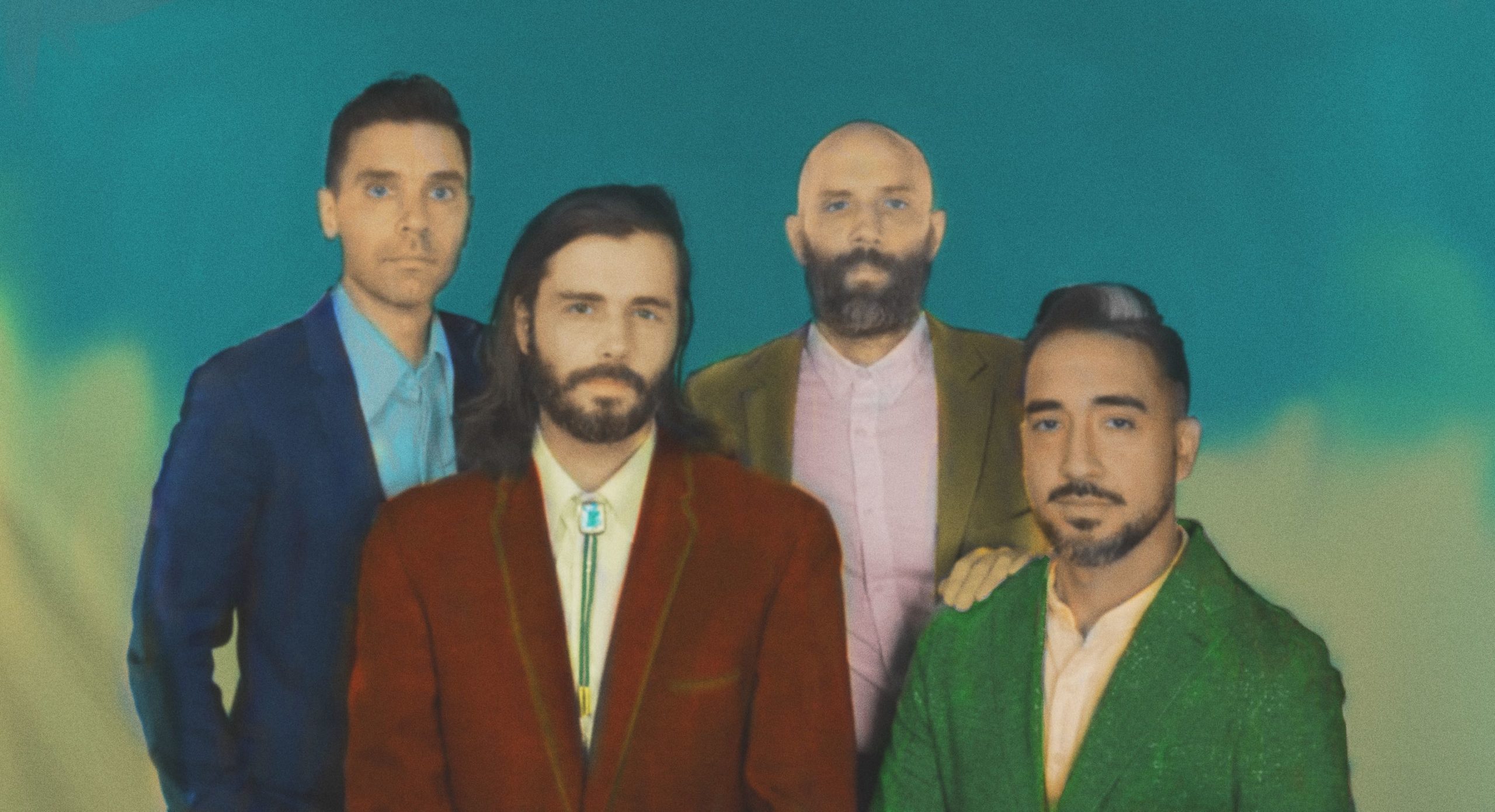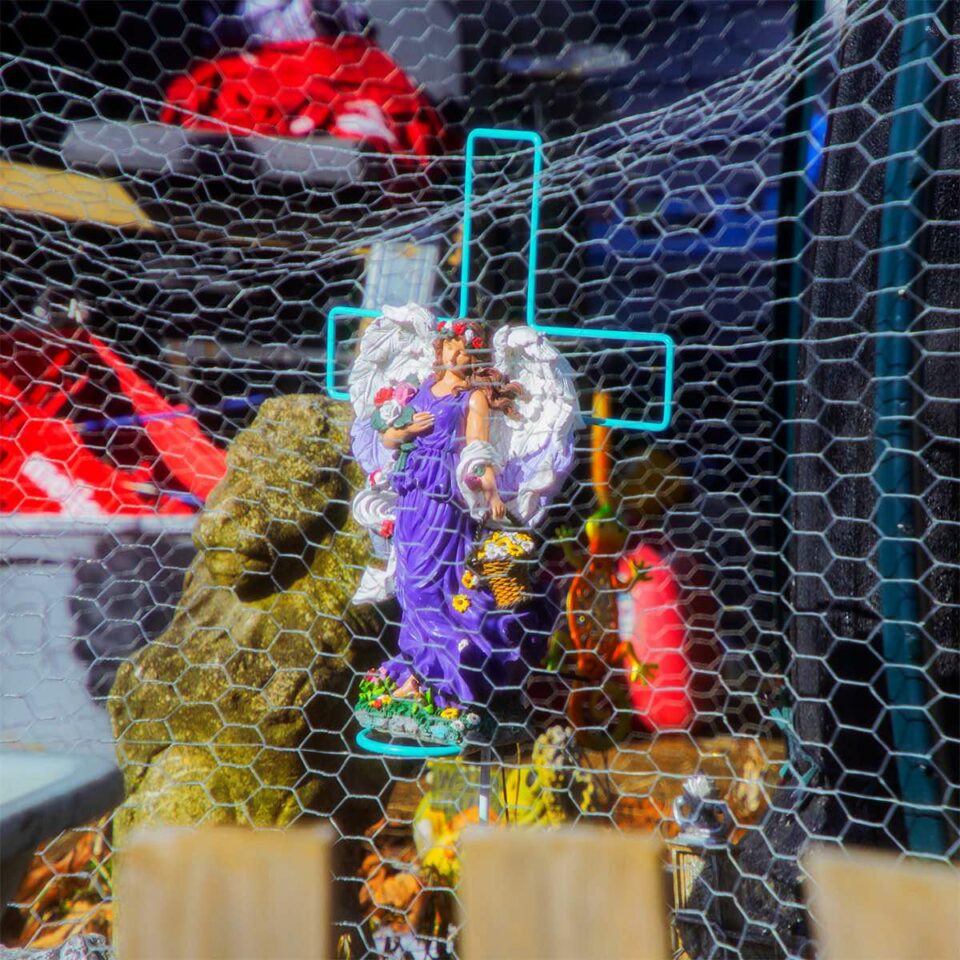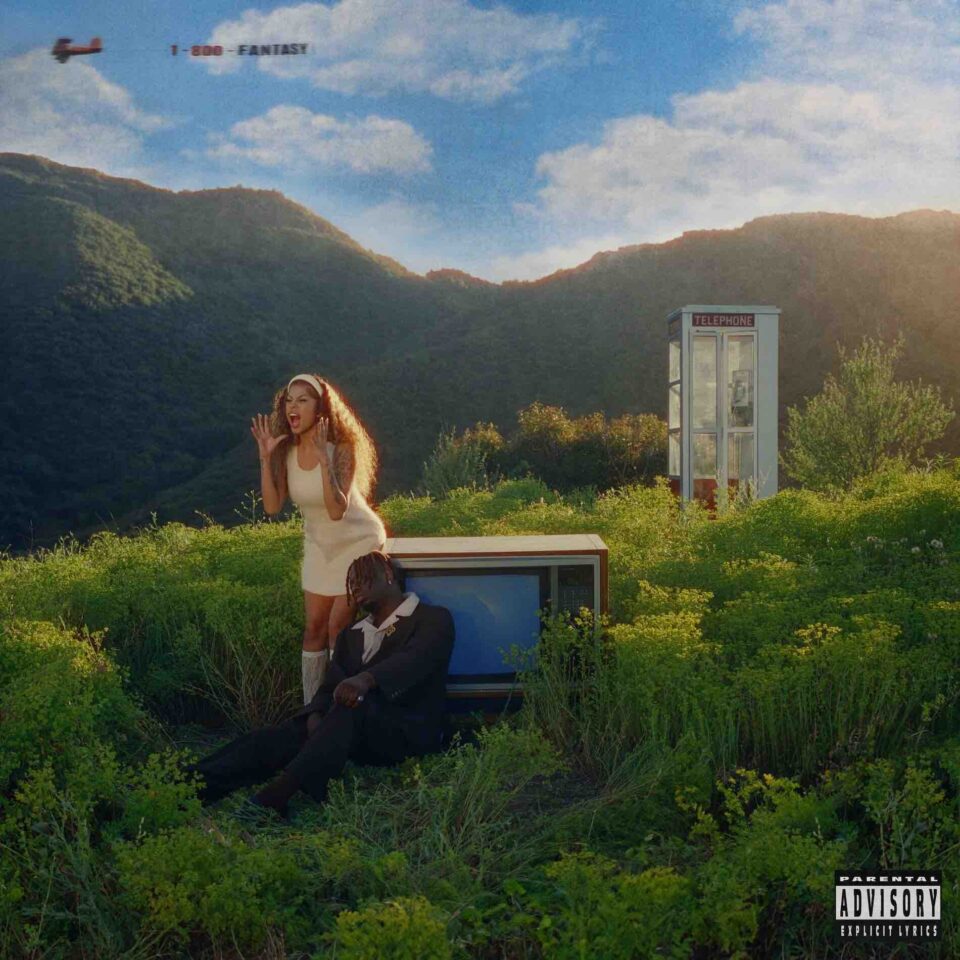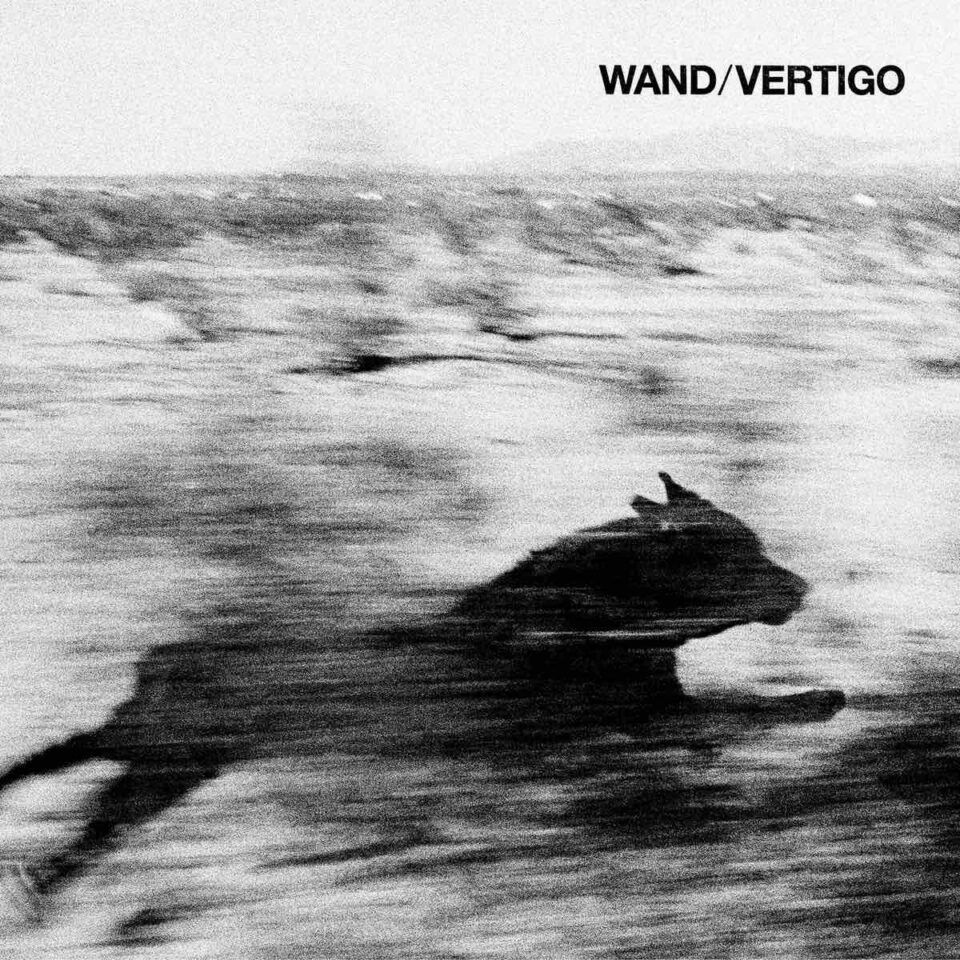You can never escape the past. That idea, on a very basic level, is the concept and inspiration behind Lord Huron’s magnificent fourth record, Long Lost. It’s an album that’s alive with the ghosts—literal and metaphorical—that haunt us every day; yet to call it an “album” is to do it a disservice. It’s much bigger and more complex than that. Really, the Los Angeles four-piece—who formed in 2010 and are headed up by Ben Schneider—have created their own time-space continuum, a truly immersive parallel universe centered in their very real Whispering Pines studio, but spanning a mysterious history there that predates their involvement in the place, and in which the past and the present, reality and fiction, all collide and coexist as one.
“We’ve been working at Whispering Pines for the past seven years or so,” explains Schneider over Zoom. “It’s kind of a time capsule—it was built some time in the ’70s, and it still looks that way. None of the decor has changed. We were curious about the history of it—we found a little bit of info about it, but it’s kind of sketchy in terms of who was in there. It was abandoned for about 25 years before we got in there, but it feels like there are spirits hanging around there from whoever’s been through there. So we just started imagining these people and their backstories and their music and what they were doing in the studio.”
Lord Huron have summoned those spirits for Long Lost, but not just through its songs. Adding to their already meticulously constructed lore, Lord Huron, for this album, created a fake public access show called Alive From Whispering Pines hosted by Tubbs Tarbell, the ghostly caretaker of the studio. They also invented a number of the bands and artists they imagined might have recorded at Whispering Pines in order to uncover its mysterious past and undo the persistent and ineluctable destruction of time. They even created some fake ephemera—articles of clothing worn by the Phantom Riders, or drumsticks used by Hefty Lefty—for fans to seek out on the internet.
”It’s as though you’re peering into an eBay from another dimension,” says Schneider. “We wanted it to feel like there’s this parallel world alongside ours where these people actually existed and were making music and somehow the threshold between these two worlds is flimsier today than it used to be, so we can kind of view in there. It’s a way to add depth and texture to something without having to fill in all the details—you can kind of hint at it, and I think people’s imaginations do the rest.”
Here, Schneider—who’s been making art for as long as he’s been making music, and who also made the covers of the three previous Lord Huron albums—takes us through a selection of the artwork he created to bring that other dimension so convincingly to (after-)life. “They’ve always kind of been in tandem,” he says about his art and music. “I just feel like there’s something I want to express and I’m trying to find a way to express it. Sometimes that’s been through music and sometimes that’s been through art, sometimes through music with art.”
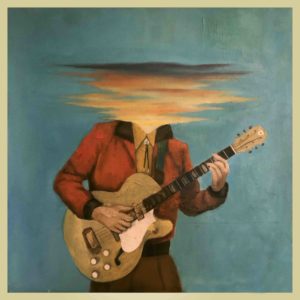
Oil Cover
I started this one first. I knew the way I wanted the cover to look—I just had to figure out how to make it. I ended up taking a photograph of myself and using that as the reference image that I painted this from. It’s meant to evoke those old record covers—I love how they used to use bold color backgrounds. It was all about catching people’s attention at the record store, so it’d be huge type or a really bright background and then the star, of course, and their face, so you don’t forget their face. So I kind of took three of those bits and ignored one of them, obviously. The thing you’re supposed to remember is completely obliterated in this case. At first I wasn’t sure if I wanted to do this with photography maybe, but during the pandemic I started painting again and it just felt right. It felt more personal that way.
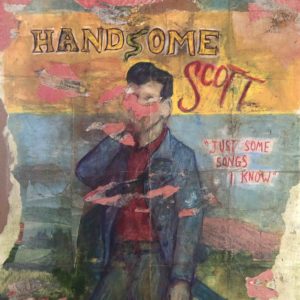
Handsome Scott
I had fun trying to communicate something about the artists through the way they’re standing or the names of the records. And I really love these two Handsome Scott records. His first record is called Just Some Songs I Know—he’s this handsome guy and he just knows some songs and he decided to record them. And then his follow-up is More Songs I Know. So he’s really great at coming up with titles for his records! I like imagining this guy as a teen idol type—he’s a really handsome guy but his music kind of comes second to that. But he’s good-natured, a nice fellow. But it’s mostly about his image, which in this case we can’t see. I really like the upending of expectations that comes with that.
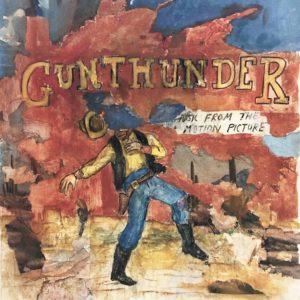
Gun Thunder
For years I’ve had this idea for a Western in my head called Gun Thunder, and I was so surprised that that name hadn’t been taken. So I quickly snatched up gunthunder.com thinking that one day I’d…I don’t know why—that somebody would make that someday, hopefully me. But they used to do these Westerns where there would be songs baked in—they’d have Ricky Nelson or Dean Martin or somebody as one of the cast members, and he’d sing a song halfway through the movie and it’d be a hit. I wanted to just try to make a song like that, so the very first thing on the record is the mournful cowboy tune that I imagine as being the closing credits of this movie Gun Thunder, which is of course a tragic tale about adversity in the Old West.
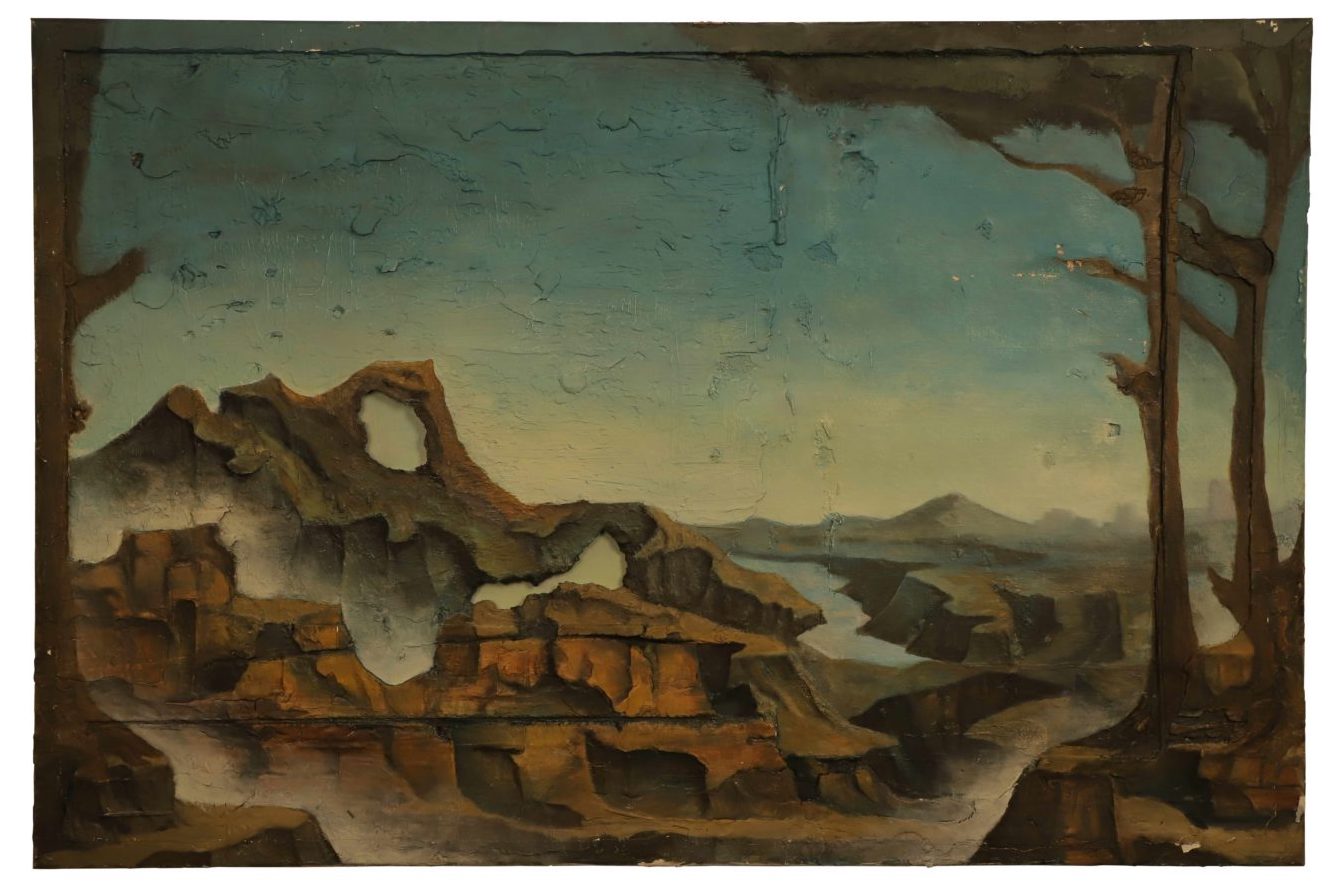 Landscape
Landscape
This was the first painting I made when the pandemic started. I wasn’t thinking of it being connected to the album necessarily, it was just what I felt like painting. And I think that’s reflected in how it turned out—I was, as all of us were, in a weird place, trying to figure out what was going on in the world and what was going on in my life, and maybe this is somehow the manifestation of my mindscape at the time. I do think there’s a beauty to this vista, but there’s something foreboding and ominous about it, which is a pretty good description of how I was feeling at the time. It was such a crazy mix of emotions. I’d just finished a record, and that was great. I was happy with it as it was so far, but the world was going to shit and I didn’t know when I was going to be able to put it out or tour or see my friends…I don’t need to explain that to anyone! This isn’t anywhere on the record, though I might still use it for something. I just included it as another piece I was working on in the same time period to give some context.
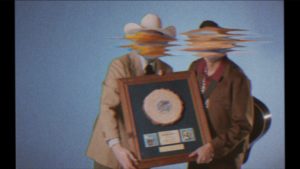
Tubbs and Handsome Scott
This is Tubbs and Handsome Scott. As I was making the album covers I started thinking about these plaques that you see on the walls of recording studios—all the gold and platinum records and how that’s the ultimate sign of success in the music business. But at Whispering Pines, things don’t go gold—they go pine. That was the idea. So these are all little hand-painted placards with the album cover and the logo for Whispering Pines and dedication to the person who’s receiving the award. This particular image is Tubbs Tarbell presenting it to Handsome Scott and posing for this little photo. I don’t know where they are or what they’re doing. I just thought it felt very much like something you’d see in an old Ed Sullivan episode or something, but again their faces are completely obliterated.

Pine Record
We made 12 of these, and that’s what’s hanging up in our studio. These are 16×20 frames, which is the standard size for gold records, and those are real slices of wood—real cuts from a tree that I affixed a label on and nailed them to these colorful boards that I’d painted. They look pretty legit in person—so what you’re seeing here are photographs of framed wood. You can see them in the photo of Tubbs hanging on the wall behind him. I actually made these things. Pandemic time, man!
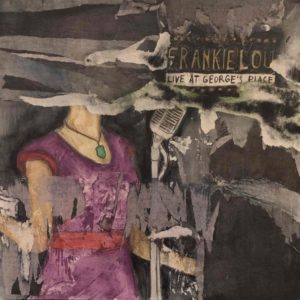
Frankie Lou
This is a character that has actually appeared in a lot of our previous stuff—she’s credited with some songs on Strange Trails, our second album. We’ve got a movie in the works based on the Vide Noir album, and she’s a character in that as well, so she pops up a lot in our mythology. I like that it feels like an old jazz record, and you can see she’s got this emerald hanging around her neck, which is the symbol for our last album. So it’s kind of harkening back and referencing some of our previous work.

Lile Cosmique
I imagine this as the soundtrack to some French, psychedelic art film that was about a cosmic resort destination, if that makes sense. There’s a song on the record called “At Sea” that’s the most tied to this world, that’s kind of got a tropical vibe. The art is made up of layers that I’ll paste over each other and then I’ll dig away at it with a knife or a scraper. I like the idea of it looking like those old wheat-pasted posters on a wall of shows, and how you can kind of see the things that had happened before, the layers of time. I wanted these album covers to feel like that—the idea that there’s all these layers of history and time behind every album, and all you have to do is chip away a little bit and you start to see what’s under there. I like thinking about that in terms of places, too.
Our studio is the same idea—you’ve got a view of what it’s like there, but somehow if you could superimpose all the things that had happened in there over the past 50 years you’d have this beautiful collage-looking image. It’s the same idea as these album covers—you’ve got these layers of time and color and they all work together to create a new image. Time creates something new—the layering and degradation of it becomes this new thing that’s kind of beautiful. It’s kind of the idea that from destruction comes creation, or that idea that things are changed over time—not necessarily erased, though sometimes they are, or bits of it are—but that it’s just modified in a way that turns it into something new, something you can never have imagined it would become. It’s forever, irrevocably changed by the passage of time.
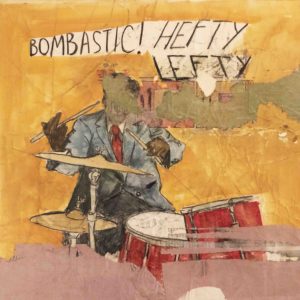
Hefty Lefty
I picture Hefty Lefty as a Gene Krupa type who does big band stuff, but takes a lot of solos. I like the idea that he’s left-handed because I’m left-handed. Although I don’t play guitar left-handed, which is maybe one of my mistakes! I like the name—it’s got some nice rhyming in it and it also just describes him, which I think is really funny. I think there’s part of a comic strip and maybe a receipt in the collage. I wonder what that says. Somebody will probably figure it out and think it’s a hidden message!
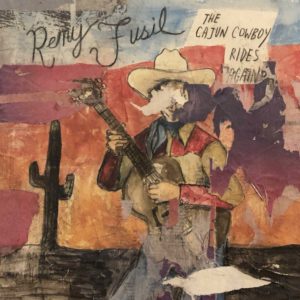
Remy Fusil
The sunset background that I had in mind almost has that feeling of hellfire coming up out of the ground. It reminds me of that Louvin Brothers album cover, Satan Is Real. That album cover has a great story. I think they burned a bunch of tires and they made that devil out of wood or something. There was no Photoshop back then! It’s beautiful. I don’t remember being directly inspired by it, but it probably was in the back of my mind because it’s an album cover I love. And even the shade of the orange definitely feels fire-like.
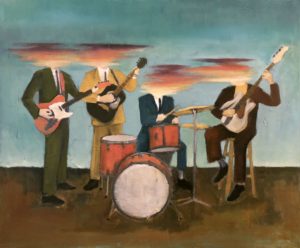
Back Cover
This is the back cover of the album. It’s an oil painting I did of the band. You can tell these oil paintings are a little more involved than the collage ones, but I just had the guys sit in the studio for a portrait, basically, snapped a couple of quick pics to use as a reference and then did a painting based off of it. I think this has a nice feeling of that indefinable era of the past, but it’s actually us, which feels kind of cool. And the fact this and the cover are based on photos of us means there’s an added layer, though I’m not quite sure what it means. Maybe it’s us being preemptively erased from time! FL

